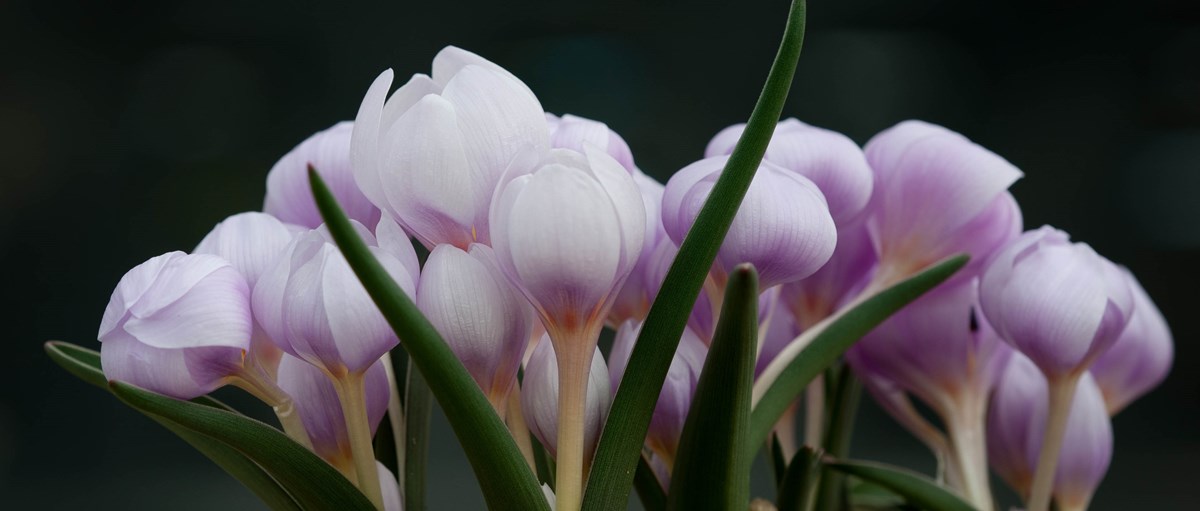Cultivation and threats

Wild geophytes grow on fertile soils as the season is short, nutrients must be readilyavailable. The majority of geophytes thrive in a clayey, loamy soil with neutral toalkaline reaction.
Unlike most other garden plants geophytes prefer a dry summer. A sunny, well-drained location, a south facing wall or a thirsty tree can give them a better microclimate in the garden. They receive water, nutrients and light during the autumn, winter and spring. Autumn and winter are most important - during this time a lot happens under ground.
Steppe bulbs as Tulips, Hyacinths and Reticulated Iris are usually shortlived, they survive the first winter without problems but not the following summer. So, do plant new ones each autumn to fill out the gaps - they cost less than a summer flower. Geophytes from alpine meadows and groves tolerate summer moisture. Naturalising bulbs such as Daffodils, Snow Crocuses, Puschkinias and Squills come from these environments.
Plant the bulbs from September to October. In autumn drought, water when planting. According to tradition, bone meal, horn shavings and wood ash are good fertilizers to spread in the autumn - they provide phosphorus, calcium and potassium. Phosphorus appears to be particularly important for geophytes.
After the spring bloom the leaves must reload the bulb. Do not cut off the foliage until it begins to wither. The life cycle of geophytes prevent them from competing with summer-growing border plants.
The bulbs you buy in the autumn have been stored dry and at the right temperature during the summer. In this way diseases are held back. The first season in your garden the Tulips flower profusly but if the summer is wet fungal diseases can take over.
Choose a dry summer location to prevent gray mold and Fusarium rot of Tulips, Fritillarias and Crocuses – and even to avoid ink blotch on Reticulated Iris. The bulbs are often already infected when you purchase them and the diseases emerge in unsatisfactory growth conditions. If you have varieties that you are concerned about - dig them up by midsummer and let them dry in the basement until September when they can be replanted.
Geophytes can be attacked by insects and even mice and voles can do great harm, especially to the Crocuses. A forgotten hoard can aid their spread around the garden.
Hares and deer are the main problem. A rabbit can eat hundreds of Crocus buds in one night, and what a deer can do with Tulips we can't bare thinking about. Plant the bulbs they dislike - Colchicums, Snowdrops, Spring Snowflake, Daffodils, Anemones, Winter Aconite, Allium, Kaiser's Crowns, Camassias - then mix up some coveted crocuses and tulips - it sometimes works.






